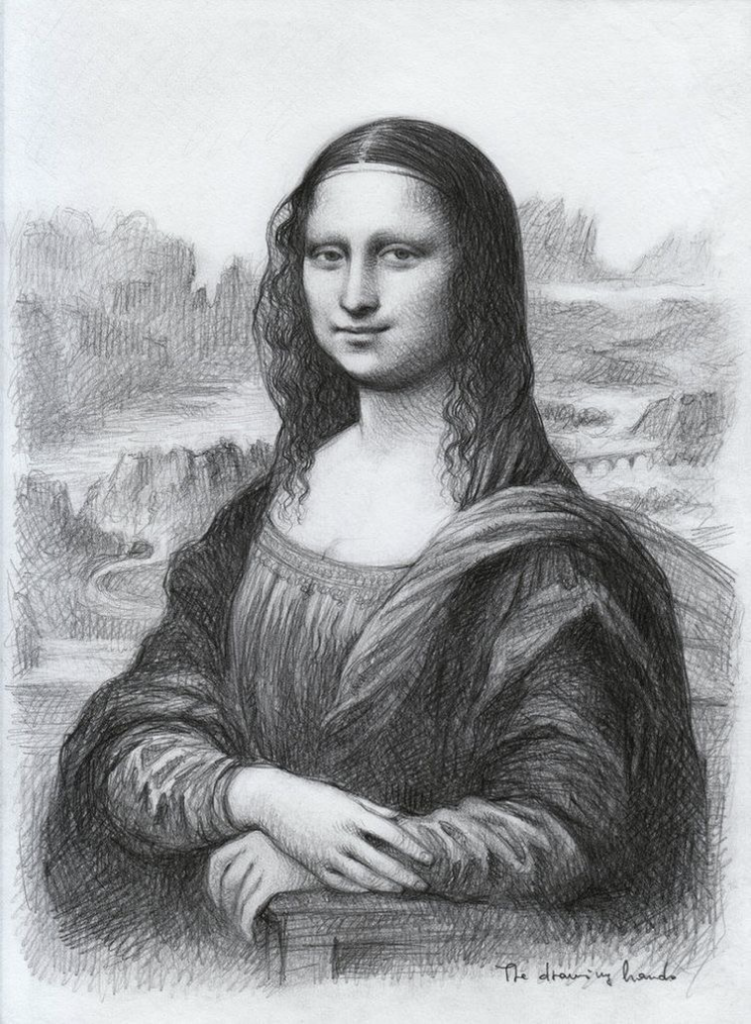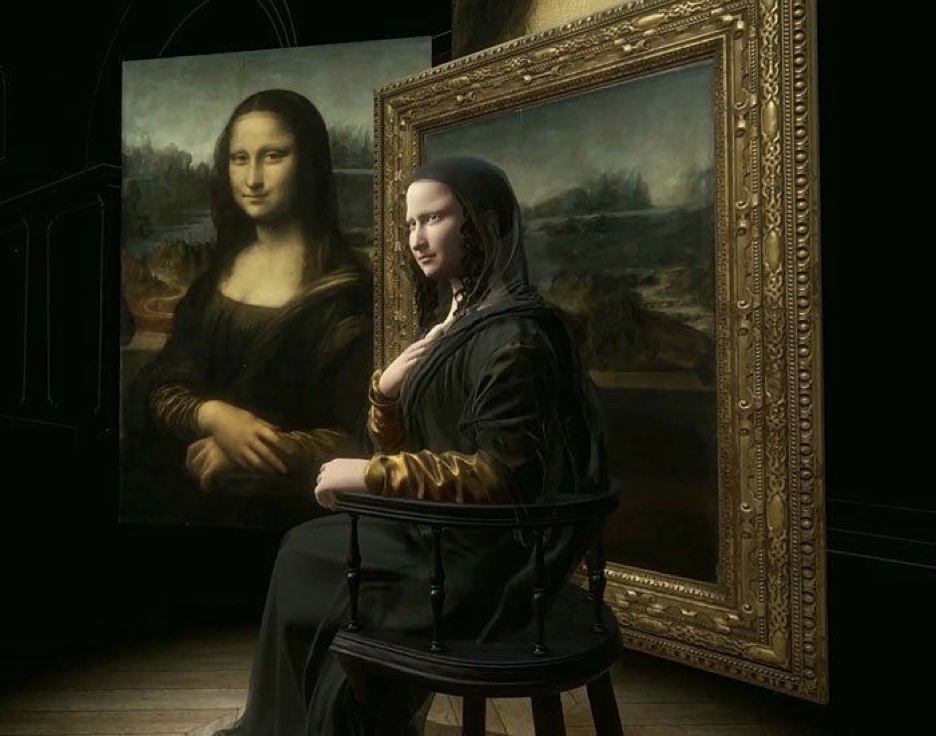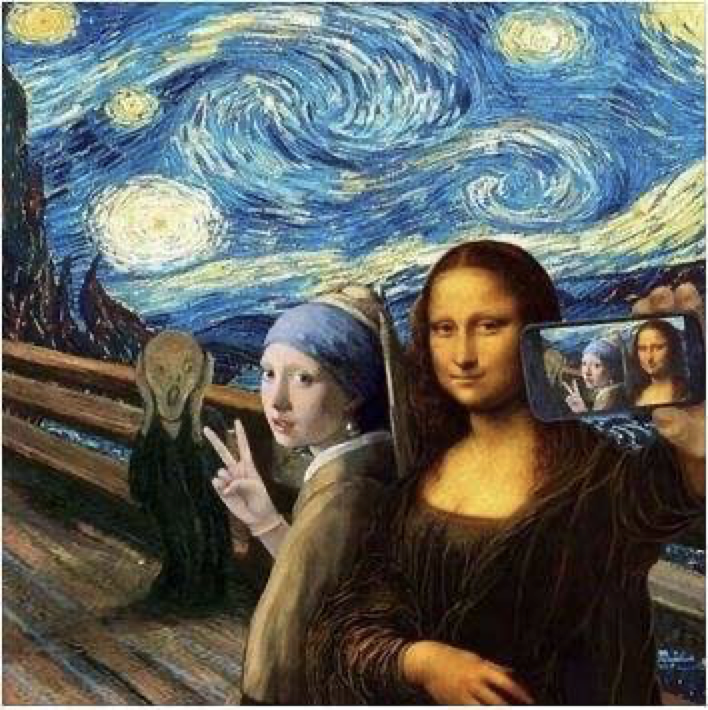Over five centuries after it was created by Leonardo da Vinci, the Mona Lisa is still on display at the Louvre Museum, where it is protected by bulletproof glass and is constantly crowded by millions of clamorous visitors. Its appeal has substantially influenced the museum’s ranking as among the most popular cultural institutions in worldwide.
The Mona Lisa, potentially the most famous portrait in art history, never ceases to fascinate and enthral viewers. The image of the Mona a work of art by the Renaissance genius Leonardo da Vinci, has captivated audiences for centuries owing to her enigmatic smile soulful gaze, and subtly nuanced intricacies.
The Mona Lisa is a highly realistic portrait. Leonardo’s mastery of the sfumato technique, which uses fine variations in light and shadow to create shape, and his knowledge of the skull beneath the skin are both evident in the subject’s delicately sculpted face. The perfectly crafted hair, the meticulously rendered folded fabric, and the exquisitely painted veil all showcase Leonardo’s keen observations and unending patience.

The creation of the Mona Lisa is a unique synthesis of Renaissance ideals and avant-garde artistic methods. The variation between light and shadow, or chiaroscuro, gives the portrait depth and three-dimensionality. The mystery woman at the heart of the composition is highlighted by the pyramidal structure of the piece.
Around 1503, Leonardo da Vinci started creating the Mona Lisa in Florence, Italy. A Florentine merchant’s wife named Lisa Gherardini is said to be the subject of the picture, however some art historians have alternate interpretations. Leonardo’s method for creating this masterpiece was revolutionary because he used his vast knowledge of anatomy, light, and shadow to produce an unprecedented degree of realism. Her beaming smile is undeniably one of the Mona Lisa’s most striking qualities. The smile, which is sometimes described as elusive and enigmatic, appears to alter as observers adjust their eyes. The nuanced expression of the Mona Lisa demonstrates Leonardo’s expertise in depicting human emotions in his work, leaving spectators to speculate about the subject’s thoughts and feelings.

Beyond its technical mastery, the Mona Lisa is full of concealed significance. For instance, the background scenery is intended to symbolise the coexistence of humans and environment. The painting’s mystery is increased by the use of the golden ratio, a mathematical ratio connected to artistic harmony. Some art lovers have further conjectured that the artwork contains hidden images.
The mystery tied to the Mona Lisa has given rise to a number of theories and suppositions regarding the work’s content, symbolism, and historical context. According to some art historians, the painting might actually be a self-portrait of Leonardo in female form rather than Lisa Gherardini. Others have hypothesised that the painting contains hidden messages, such as musical or mathematical codes. Although the majority of these hypotheses lack strong supporting data, they give a sense of interest to the already intriguing artwork.
The Mona Lisa gained worldwide prominence after it was stolen from the Louvre Museum in Paris in 1911. Massive media attention of its absence was followed by international headlines regarding the hunt for the lost artwork. The picture was found and returned to its position at the Louvre two years later, confirming its standing as a cultural icon.

The Mona Lisa has had a significant impact outside of the art world. The picture has served as an influence for many singers, authors, and painters. Pop culture is full of parodies and reinterpretations, from cartoons to advertising campaigns. As when Leonardo first put brush to canvas, the Mona Lisa’s fascination is still strong today.
The enduring fascination of the Mona Lisa resides not just in its creative genius, but also in its enigmatic facial expression that continues to perplex onlookers to this day. Leonardo da Vinci’s masterwork has transcended time, culture, and art, making an indelible mark on human history and securing its place as one of the world’s most famous and revered paintings.
Sources
- https://www.britannica.com/story/why-is-the-mona-lisa-so-famous#:~:text=Indeed%2C%20the%20Mona%20Lisa%20is,the%20skull%20beneath%20the%20skin.
- https://www.britannica.com/topic/Mona-Lisa-painting
- https://www.artandobject.com/news/mona-lisa-brief-history-da-vincis-famous-painting
- https://explorethearchive.com/mona-lisa-facts
- https://artincontext.org/mona-lisa-by-leonardo-da-vinci/




